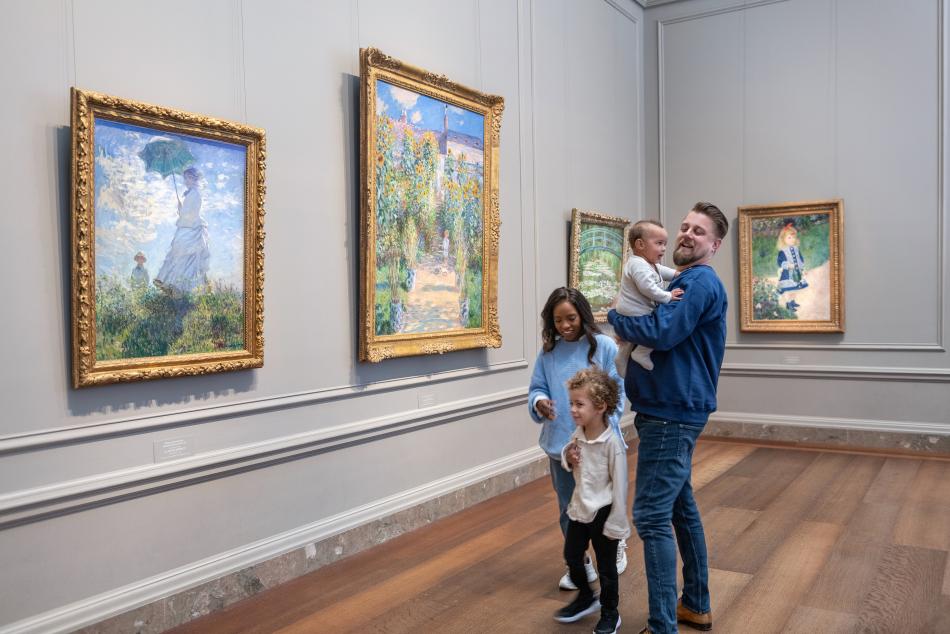Finding Awe: Wassily Kandinsky’s Improvisation 31 (Sea Battle)
-
–
-
Register on

How does awe connect music, spirituality, and war? Explore these layers of meaning in Wassily Kandinsky’s expressive abstractions.
During this 90-minute pause from your daily route, we’ll look slowly and mindfully at Wassily Kandinsky’s Improvisation 31 (Sea Battle). You’ll be invited to look closely, wonder, and share your insights with the group. Together, we’ll learn “awe practices” that you can bring to your everyday life.
The workshop exploring Improvisation 31 (Sea Battle) will be offered on February 6 at 2:15 p.m. and on February 7 at 10:30 a.m. and 2:15 p.m. We encourage you to register for one workshop on this topic and to join us for future topics as well.
Ages 18 and up. Questions? Email us at [email protected].
“Finding Awe” is grounded in the National Gallery’s mission welcome to all people to explore and experience art, creativity, and our shared humanity. It offers new “awe practices” drawn from the research of Dacher Keltner, professor of psychology at the University of California-Berkeley, director of The Greater Good Science Center, and author of Awe: The New Science of Everyday Wonder and How It Can Transform Your Life (2023). Research shows that experiences of awe help support mental and physical wellbeing and open us up to greater creativity and deeper empathy.




